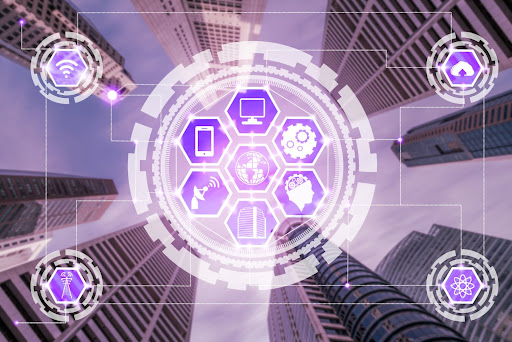As 2025 gets underway, digital transformation has evolved beyond competitive edge and now it’s a strategic imperative. The acceleration of cloud computing, edge tech, IoT, and AI is compelling businesses to re-imagine their operations, customer interactions, and internal processes. To remain relevant, organizations require a coherent and scalable means of digital evolution—the Digital Transformation Framework 2025 that we now identify.
Understanding the 2025 Digital Transformation Framework
The 2025 digital transformation framework is a strategic roadmap that combines technology, processes, and people to deliver superior business outcomes. It is centered on facilitating effortless collaboration between IT infrastructure and business objectives. The framework includes intelligent automation, real-time data visibility, strong cybersecurity safeguards, and adaptable scalability. Its intention is to make organizations agile, future-proof, and digitally mature in all functions.
Key Pillars of the Framework
Cloud-First Infrastructure
Enterprises are shifting towards hybrid and multi-cloud setups to scale quicker and enhance operational efficiency. Cloud-first models decrease the strain of supporting legacy systems and make remote accessibility and effortless integration among services possible. Such infrastructures are now inextricably linked with IT service management solution platforms, granting greater control over IT assets and operations.
AI-Driven Automation
2025’s digital strategy relies considerably on artificial intelligence and machine learning to automate redundant tasks, find anomalies, and create predictive analytics. From chatbots in customer support to intelligent ticketing solutions in IT service management platforms, AI is transforming the manner in which organizations react to adversity and opportunity in real time.
Improved Cybersecurity and Compliance
With increasing cyber attacks and more stringent data protection regulations, the model focuses on integrating security into all aspects of digital operations. Companies are implementing advanced threat monitoring, data encryption, and access control measures. Enterprise-level IT service management solution providers are facilitating proactive security incident response and compliance monitoring to protect valuable assets.
Interoperability and Integration
Siloed systems are a liability in 2025. The framework encourages API-led integrations, which enable seamless data flow across CRMs, ERPs, HR platforms, and ITSM tools. This connectedness enhances decision-making and minimizes operational bottlenecks.
Employee Enablement and Digital Culture
Digital transformation isn’t solely about technology—it’s as much about people. The model facilitates activities such as training initiatives, change management tools, and digital workplace platforms that enable employees to embrace new systems seamlessly. A robust digital culture guarantees that technology is leveraged effectively in all teams.
Why IT Service Management Is Central to This Framework
A strong IT service management solution is the backbone of any digital transformation project. It gives the tools to monitor, manage, and optimize IT processes and align them with business demands. From change control and asset and incident management to service requests, ITSM platforms automate workflows and enhance service delivery. In 2025, these solutions are smarter, more scalable, and more integrated than ever.
Today’s ITSM systems leverage predictive analytics to detect system failures ahead of time, automate fixes, and provide uninterrupted services in cloud and on-premise environments. With user-focused dashboards and automated reporting, they provide real-time insights to decision-makers, improving responsiveness and increasing operational transparency.
Use Cases Driving Digital Transformation in 2025
- Smart Infrastructure Management: Organizations are employing digital twin technologies to simulate and manage their infrastructure more effectively.
- Proactive Customer Support: Service desks and chatbots powered by AI are decreasing response times and increasing customer satisfaction.
- Remote Workforce Enablement: Cloud-based collaboration software that is secure and offers remote IT support guarantees productivity within hybrid work environments.
- Predictive Maintenance in Manufacturing: Real-time monitoring and analysis decrease equipment downtime and maximize performance.
Challenges to Address in 2025
While the framework is robust, companies still face challenges such as legacy system integration, data silos, workforce resistance, and budget constraints. Addressing these barriers requires a phased approach, leadership commitment, and selecting the right technology partners who understand the nuances of enterprise transformation.
Conclusion
As businesses in 2025 move through an ever-more digital economy, having a complete digital transformation framework in place is essential to long-term success. From smart automation to data-driven decision-making and connected IT environments, the framework defines a clear path to future-ready operations. Those companies that make scalable, secure, and flexible digital strategies their top priority will succeed in this environment.
For companies willing to adopt a similar framework, Acceron provides customized IT service management solutions that fit squarely within the ambit of contemporary transformation. Their long experience in enterprise IT, automation, and network monitoring positions them as a firm friend for those businesses willing to face the future.



